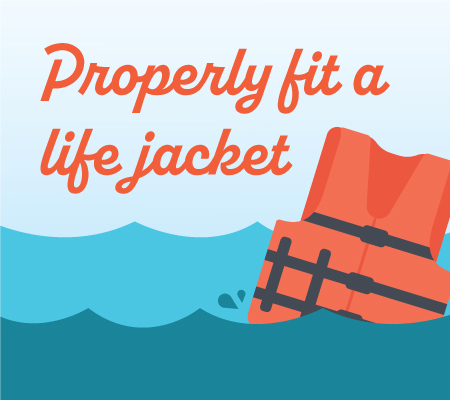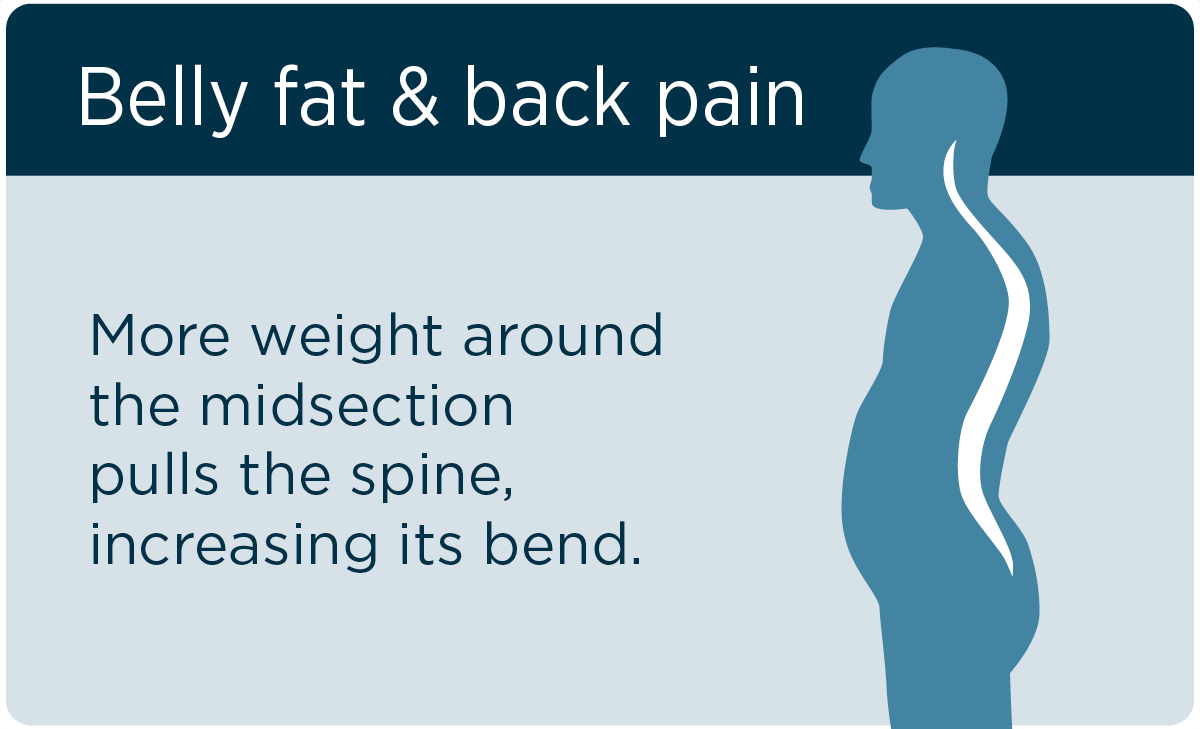Splashing in the lake and spending time on the boat are perfect ways to cool down on a hot day. When you’re packing for a day on the water, remember the essentials: swimming suits, beach towels, sunscreen and always bring a properly-sized life jacket for you and your kids.
Picking and sizing a life jacket
Life jackets that fit will keep your kids afloat when they’re playing in the water or if an emergency arises. Children younger than 13 must wear life jackets while they’re on a boat unless they’re below deck or in a closed cabin.
Life jackets should be U.S. Coast Guard approved, properly fitted and in good condition.
“Check the life jacket label to ensure the weight and chest size is appropriate for your child,” said Lexie Schwartz, R.N., emergency medicine nurse manager with Marshfield Clinic Health System. “Always have your child try the life jacket on prior to being in the water and buckle and tighten the straps and zip the zippers”
To help ensure proper life jacket sizing:

- Make sure the crotch strap can fasten, as this helps prevent the life jacket from riding up.
- Lift the child by the shoulder of the life jacket to test if it rides up.
- Place your child into the water in a controlled environment and ensure the jacket does not ride up above their ears (too big) or that the straps or zippers don’t close (too small).
To help with the comfort of life jackets, look for larger armholes, narrow shoulder straps and a deep neck.
“They should fit snug, but allow for good movement both in and out of the water,” Schwartz said.
Review the best type of life jacket needed for your activity
“There are different types of life jackets – such as a Type III for water activities like fishing and kayaking, and a Type II for inland water swimming near shore. There may be a difference in the way the life jacket turns unconscious wearers face-up. Many that are recommended for near-shore are for supervised swimming where immediate water rescue is available,” Schwartz said.
Color is important, too
Colors like blues, greens or dark colors don’t reflect well when underwater or in water and tend to blend into the water.
“Swimsuits and life jackets on children should be bright or neon colored to help you and others visualize your child in water during daily activities and during rescue situations. Some life jackets have reflective tape to help, too,” Schwartz said.
Life jackets should be reviewed every time they are put on
It’s important to ensure the weight of the life jacket wearer hasn’t surpassed the weight limit of the jacket, especially in children when weight and height can change quickly as they grow.
The same rules apply for adults. Adults should always ensure their life jacket is properly fitted and the height and weight requirement is adequate for the wearer.
“If there are any defects in the life jacket, like tears, rips or non-functioning straps or zippers, it’s recommended you purchase a new life jacket and dispose of the old one. Patching a life jacket is not recommended, as it can affect its performance,” Schwartz said.
Drowning is silent and is the leading cause of death in children ages one to four years old and the second leading cause of death in children ages five to 14 years.
“Drowning does not look or sound like splashing and flailing in most cases,” Schwartz said. “A life jacket, swimming lessons and constant supervision of a child near water is the best way to prevent drowning in children. A life jacket may be uncomfortable or hot for a child in the summer, but it’s very important in preventing drowning.”
Learn how to fit one properly
Check out this video to help size up your kids’ life jacket.
Related Shine365 articles
Fishing safety and first aid: Don’t get caught unprepared






Leave a Reply